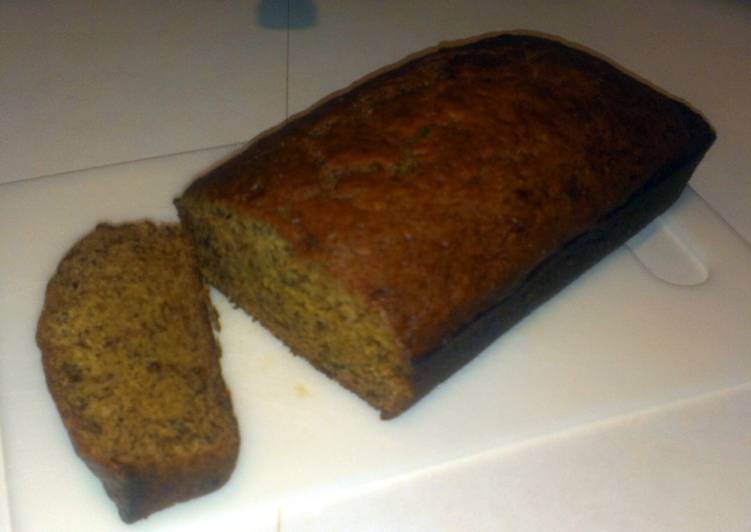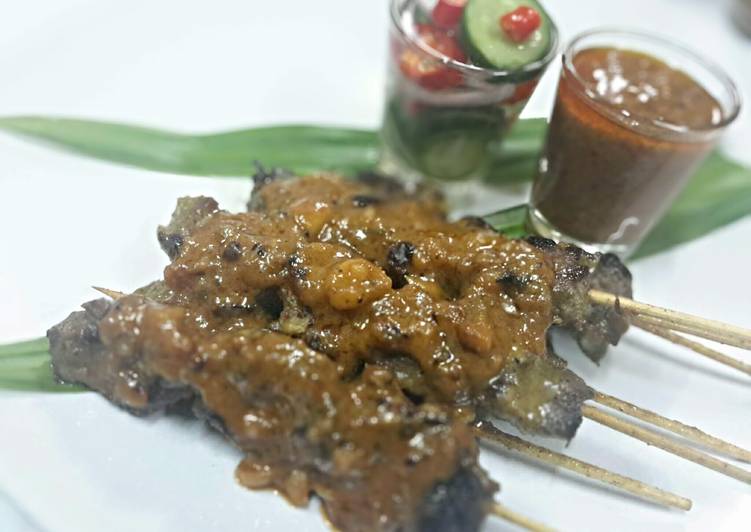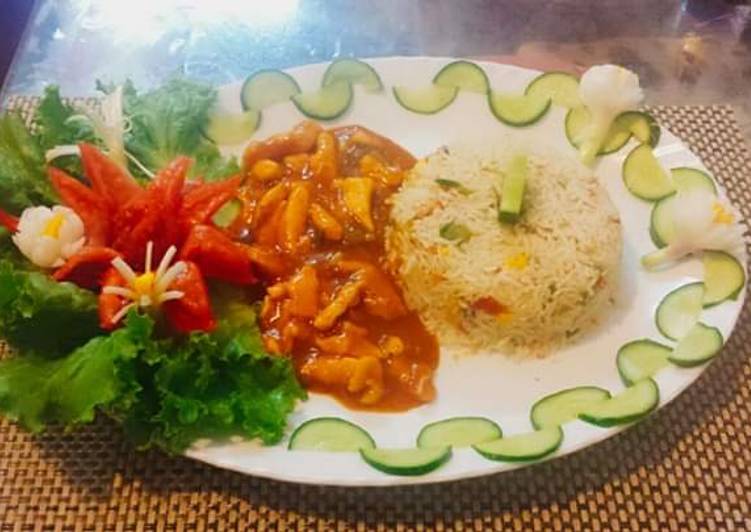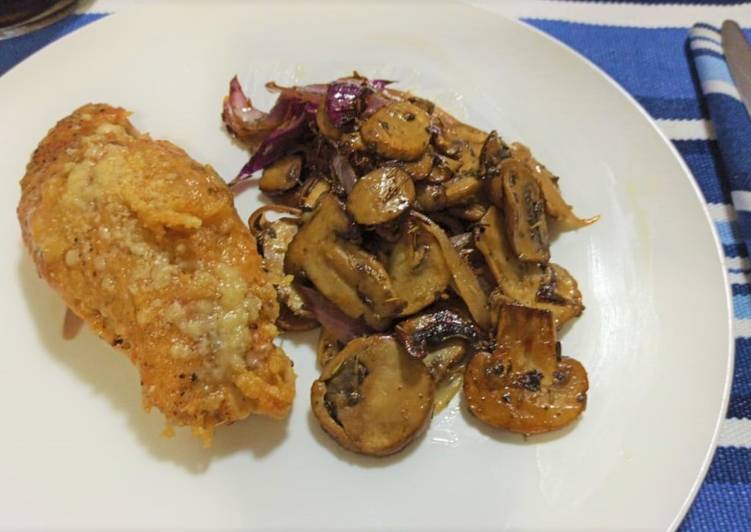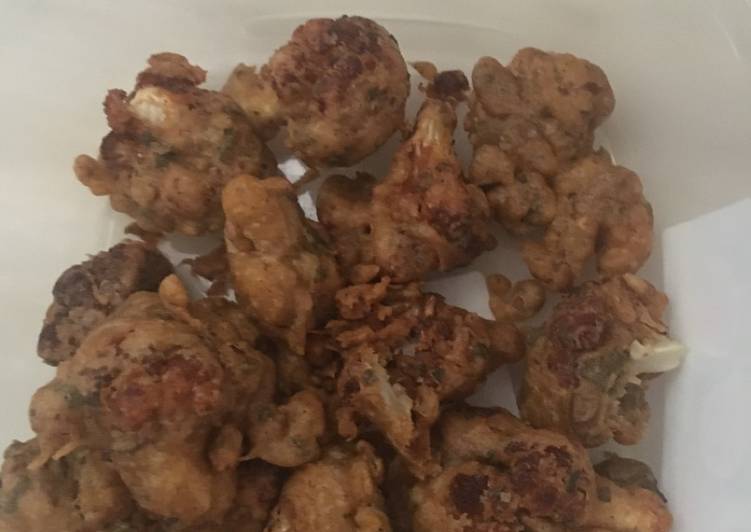How to Cook Favorite Capon broth 🎄
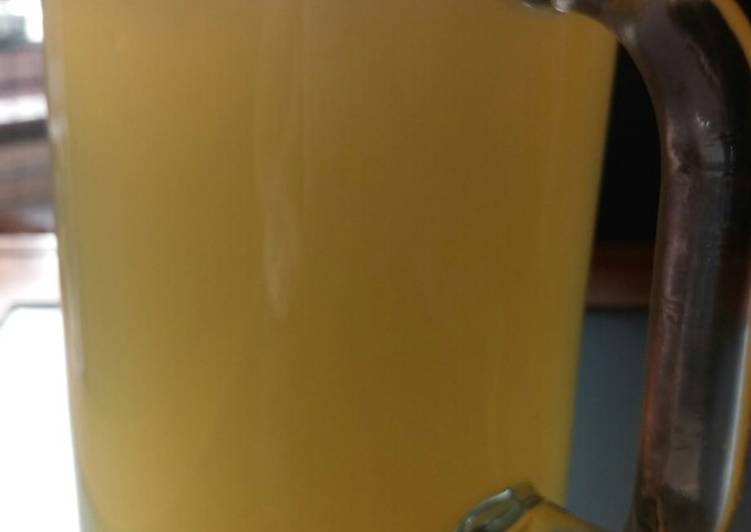
Hey everyone, welcome to our recipe page. Today I will show you how to make a special dish, Capon broth 🎄. This is one of my favourite food recipe, this time i will make it a little bit tasty. This will be smell and look delicious.
Capon broth 🎄 Recipe. Kortrijk have signed the forward on loan from Club Brugge. Slowly bring the broth to a simmer.
You can cook Capon broth 🎄 using 6 ingredients and 3 steps. Here is how you achieve it.
Ingredients of Capon broth 🎄
- It’s of All the left over bits from the bird.
- It’s of Couple of carrots.
- Take of Couple of onions.
- You need stalks of Few celery.
- It’s leaves of Couple of bay.
- You need of Enormous pot of water.
Modenese miniature tortellini served in capon broth.Translations in context of "capon" in English-Italian from Reverso Context: There's a capon for Thanksgiving.Bone broth is praised for its long list of health benefits.Why is everyone talking about bone broth?
Capon broth 🎄 instructions
- Boil everything up together. Simmer on low for about 2 hours.
- Remove all the bird parts and give them to your dog or neighbour's dog! Remove the veg then leave the broth to cool. Then, using a clean tea towel and a funnel, strain the broth into a clean bowl or jug.
- Strain again and serve as a base to any soup or pasta.
Capons (de sexed roosters) are basically hens that don't lay.More information on "Capellini in capon broth": Images NYPL Digital Gallery, Flickr, Google Images.Latest on KV Oostende forward Brecht Capon including news, stats, videos, highlights and more on ESPN.
Let's explore this popular food trend and why so many people are jumping on the bandwagon.Bone broth boasts many benefits for gut healing, joint repairing, sleep, and more.It's said that for thousands of years, bone broth concoctions have helped many ailments and may strengthen the.Tomer Capon, Actor: Shavua ve Yom.From Middle English capoun; partly from Old Northern French capon (Old French chapon) and partly from Old English capūn, both from Latin capo, caponem (Vulgar Latin *cappo), from Proto-Indo-European *kop- ("to strike, to beat"). Томер Капон.
